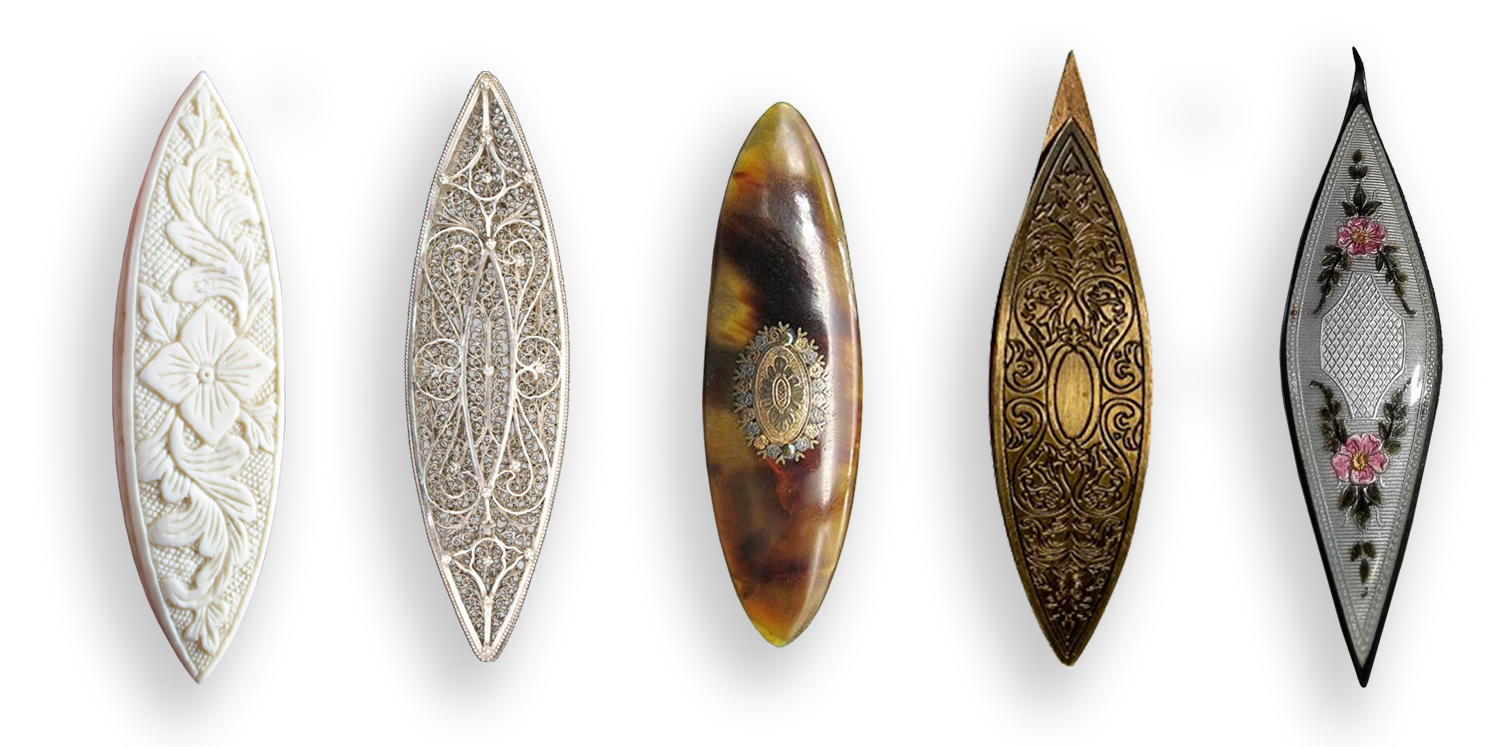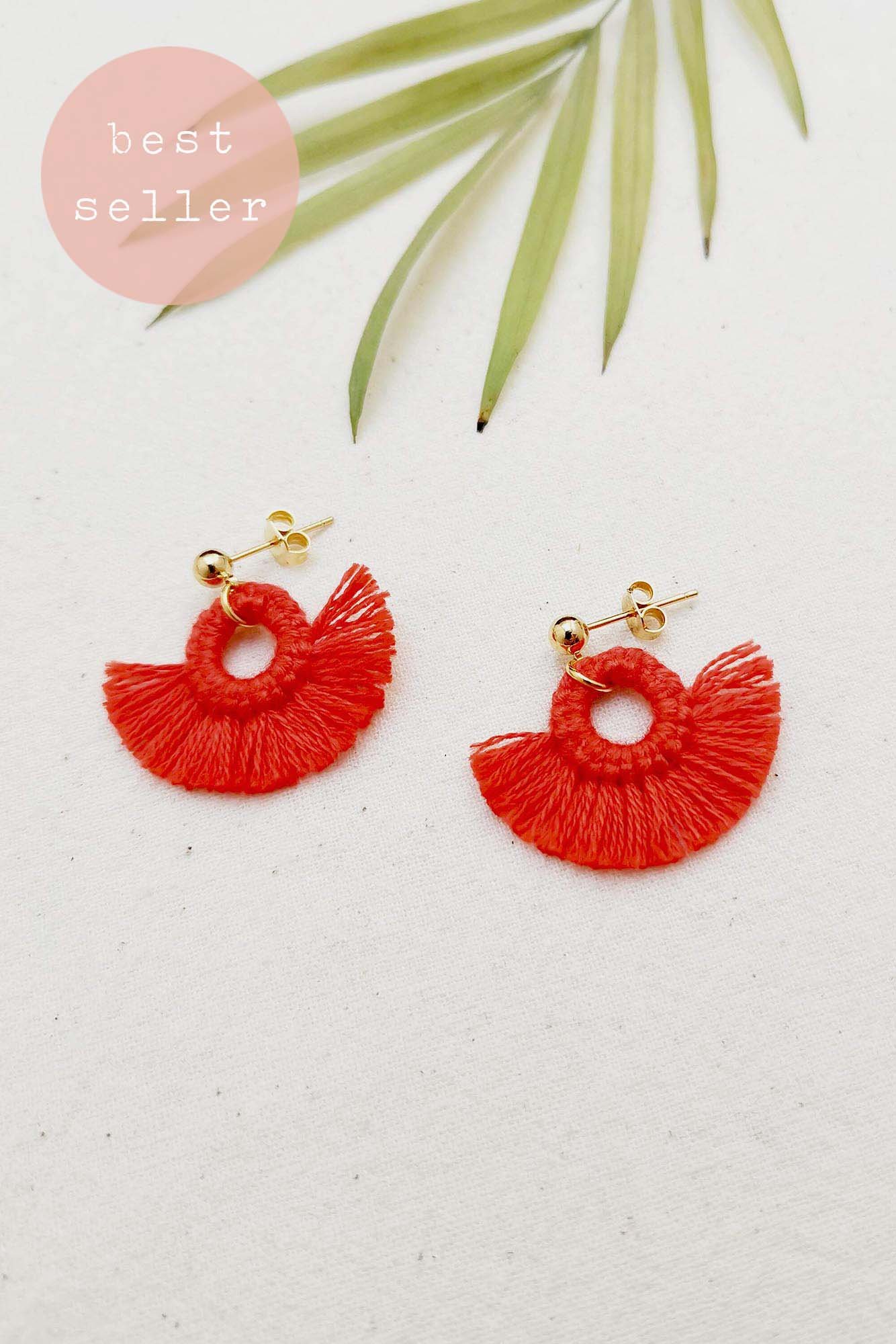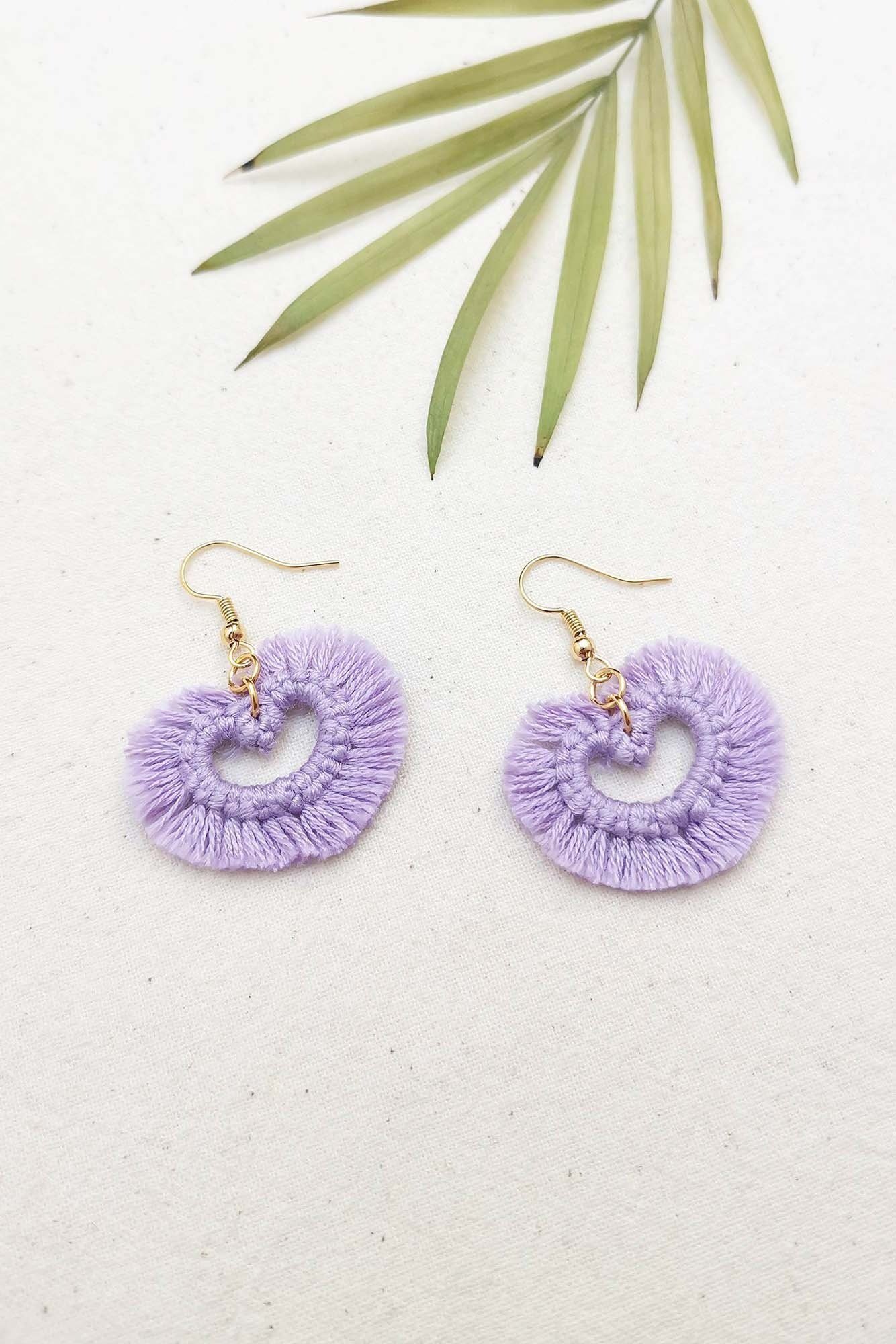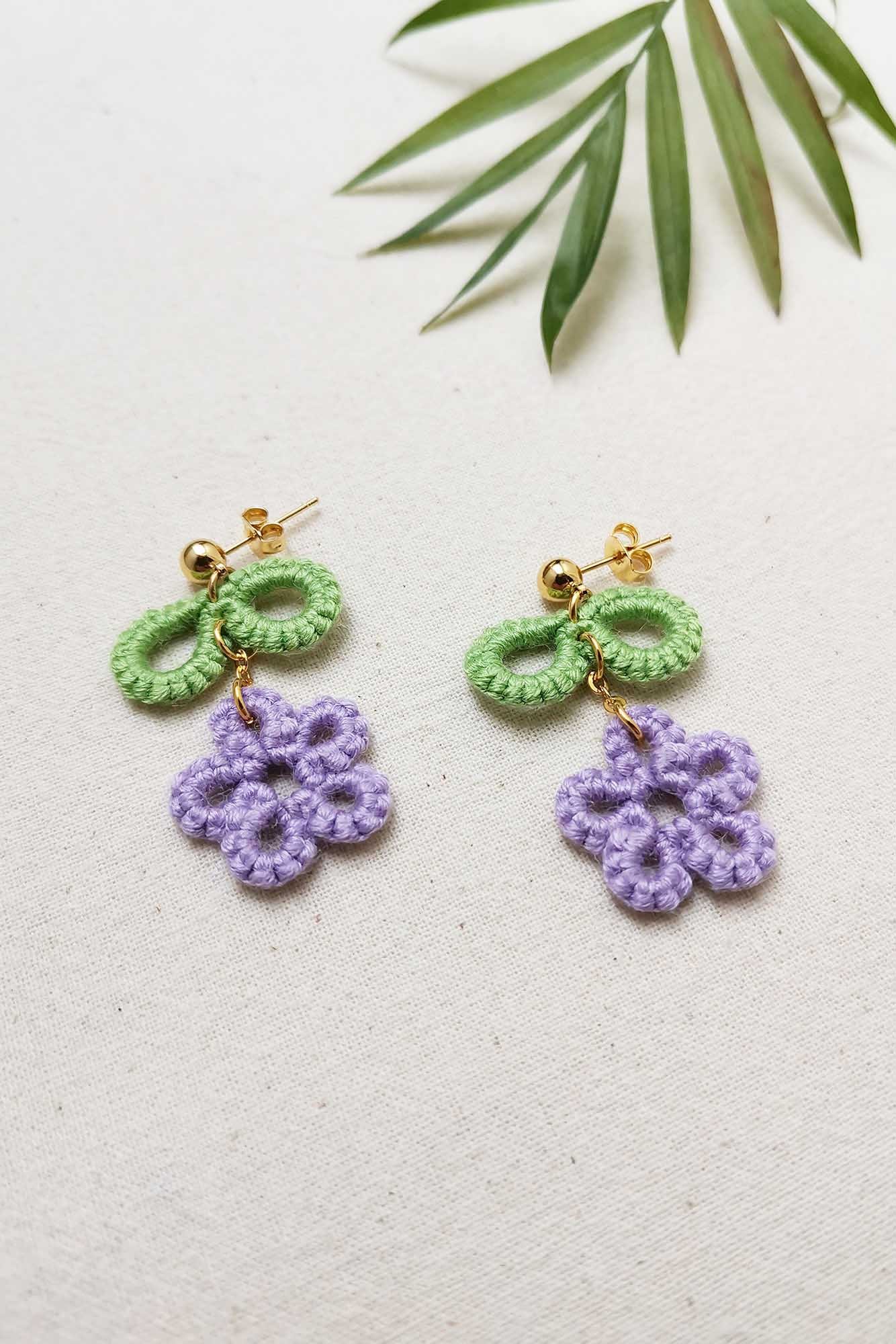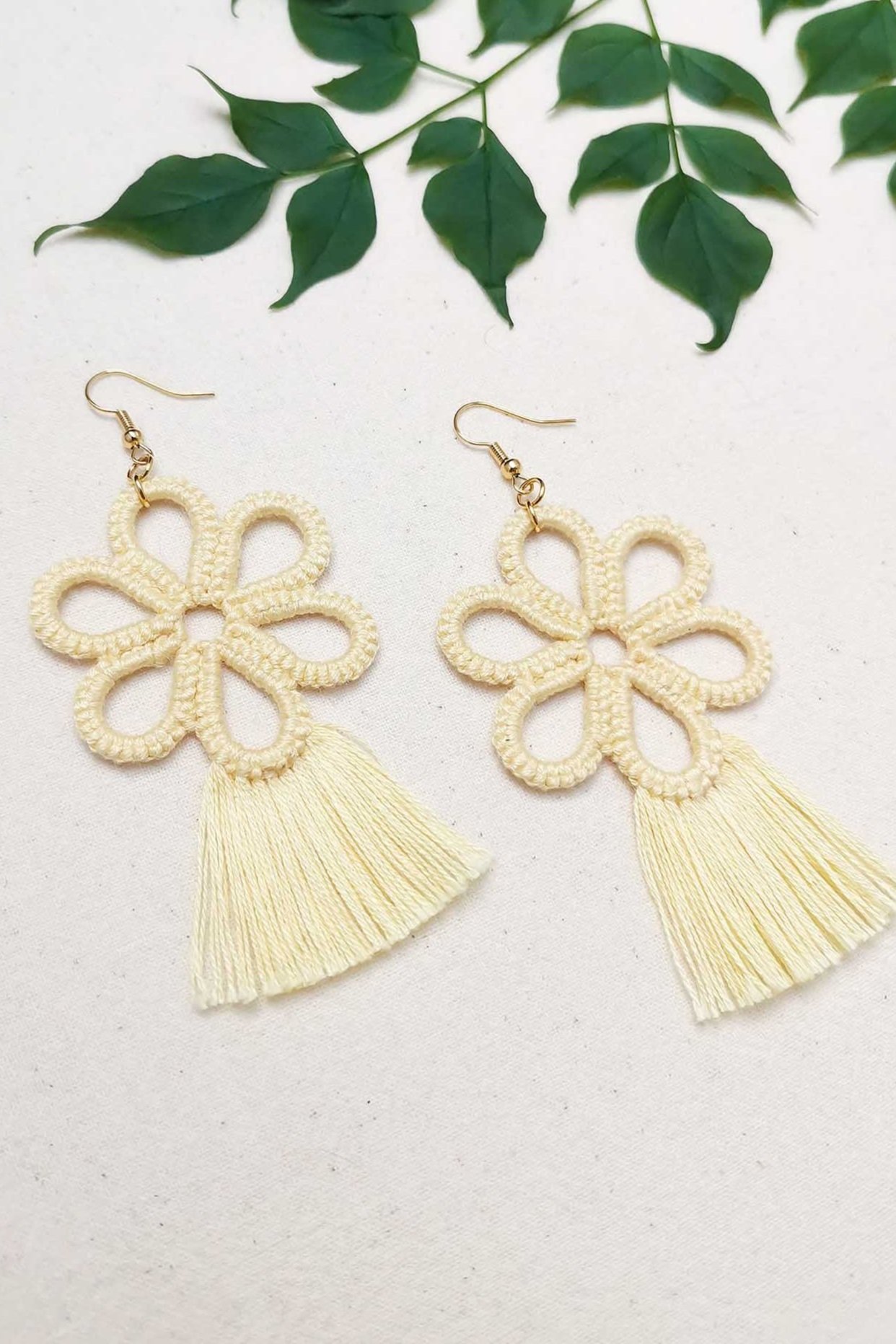A Brief History of Tatting
tatting
/ˈtatɪŋ/
noun
a kind of knotted lace made by hand with a small shuttle, used chiefly for trimming.
"she sat making tatting"
o the process of making knotted lace with a small shuttle.
What is tatting?
Essentially, tatting is a lace making technique. Using a series of knots and loops to create a particularly durable type of lace, perfect for motifs and edgings.
Becoming very popular in Europe in the early 19th Century, it goes by many names…
The American’s call it Tatting
The French call it Frivolet
The Italian’s call it Chiacchierino or Occhi which means eyes
The Finnish call it Sukkulapitsi which combines the words for shuttle and lace
The German’s call it Schiffchenarbeit which charmingly translates to
"work of the little boat" referring to the boat shaped shuttle used to create it!
By winding the thread around the shuttle, it is then used to create a series of cow hitch or larks head hitch knots known as a ‘double stitch’. Using a combination of loops, chains and picots intricate and beautiful patterns can be created in a very organic way.
[ A selection of beautiful antique tatting shuttles ]
Where did tatting come from?
Tatting is a very old art, the origins of which aren’t clear.
Similar types of lace making can be traced back to ancient Egypt and China. However it may also have developed from net making technique of fishermen as a similar sort of shuttle was used.
There is suggestion that over the years this inspired the craft of knotting which become a ‘must do’ craft of the upper class ladies of the 18th Century.
Knotting also used a shuttle and was used to create a twisted or braided trim which was then used as decoration on dresses and items around the house.
This perhaps was a predecessor to the lace making technique of tatting, which as it gained popularity in Europe within the 19th Century, knotting had much fallen out of fashion.
[ Portrait of an 18th Century woman tatting ]
As tatting could be made out of shorter scraps of thread than say knitting or crochet, it was often referred to as ‘beggars lace’. This lends itself to the popularity it had in Ireland during the great potato famine in the middle of the 1800s.
A time of struggle and poverty for many, women turned to creating beautiful shuttle lace edgings and sold them to the wealthy. Fabric weavers and dressmakers would often purchase these beautiful trims and adorn garments with them for the upper classes.
[ Tatted lace collar and cuff pattern from the 1950s ]
Somewhat declining in popularity by the early 20th Century, it was still a popular creative pastime for women. Creating doilies, collars and edging tray cloths amongst other beautiful items to decorate their homes.
Is tatting still used today?
Although no where near as popular as it once was, it’s a craft that is still practised.
More popular in America than Britain, there are historical groups keeping the craft alive. As well as contemporary artists making and selling jewellery.
Here at Daffodil and Leek we have taken this traditional craft and given it a quirky and colourful makeover. Inspired by the retro florals of the 60s and 70s.
Tatting along with many other needlecraft techniques, were often passed down from generation to generation, mother to daughter. There has been a great decline since the mid 20th Century of how many people practise and therefore teach tatting.
The world is a much faster paced place with many distractions, but the benefits of learning a technique such as tatting, crochet or knitting are numerous.
By centering your mind on craft, not only can reduce stress and create something beautiful in the process. You also connect to something much deeper, to those that came before us, and keep a skill alive to pass on to future generations.
♥ ♥ ♥




